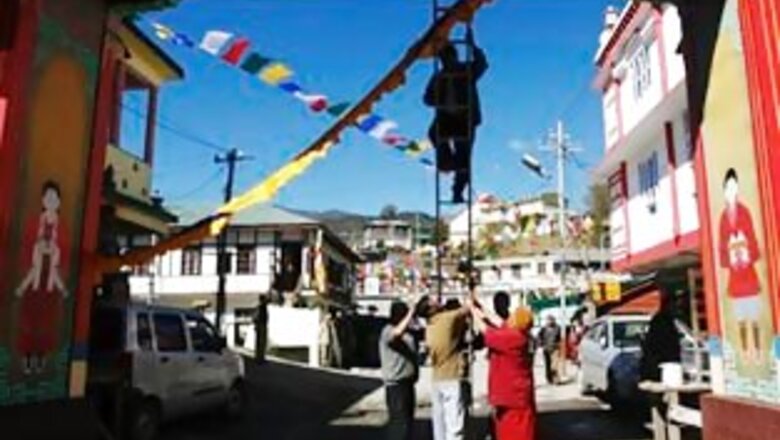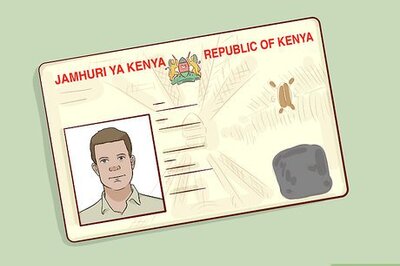
views
Tawang (Arunachal Pradesh): The writing on the wall is loud and clear: the Dalai Lama's week-long visit to Arunachal Pradesh beginning on Sunday is a rebuff to Chinese claims over this frontier region.
"Long Live Indo-Tibet Friendship" - reads a multi-coloured banner close to the Tawang monastery where the Dalai Lama will stay.
Similar banners dot this picturesque town perched at an altitude of more than 11,000 feet, close to the border with China.
The mountainous state of Arunachal Pradesh shares a 1,030-km unfenced border with China.
Banners apart, Indian tricolours fluttering alongside Tibetan prayer flags in vantage locations, including the monastery, sum up the local ire against Beijing's claims to Arunachal Pradesh and the stiff opposition to the Dalai Lama's visit to the region.
"We are Indians and will continue to be with India no matter what the circumstances are," said Norbu Lama, a young Buddhist monk.
The idea to hoist Indian flags was a deliberate attempt to demonstrate the locals' anger against Beijing.
"China should now understand that the entire people of Tawang and Arunachal Pradesh are solidly behind India and very much an integral part of the nation. Why should Beijing oppose the Dalai Lama's visit and claim this as their territory," asked a businessman in Tawang, T Serwang.
China has raked up a controversy by asking India not to allow the Tibetan spiritual leader to visit Arunachal Pradesh. New Delhi refused to bow to the Chinese demand.
"New Delhi's bold stand is much appreciated here and we pledge to protect our land even if we have to shed blood," said an elderly Buddhist monk, Phurko Lama.
India and China fought a border war in 1962, with Chinese troops advancing deep into Arunachal Pradesh and inflicting heavy casualties on Indian troops.
China has never recognised the 1914 McMahon Line and claims 90,000 sq km, nearly all of Arunachal Pradesh. India in turn accuses China of occupying 8,000 sq km in Kashmir.
Tensions flared up again in 1986 with Indian and Chinese forces clashing in Sumdorong Chu valley of Arunachal. Chinese troops reportedly built a helipad in the valley leading to fresh skirmishes along the border.


















Comments
0 comment